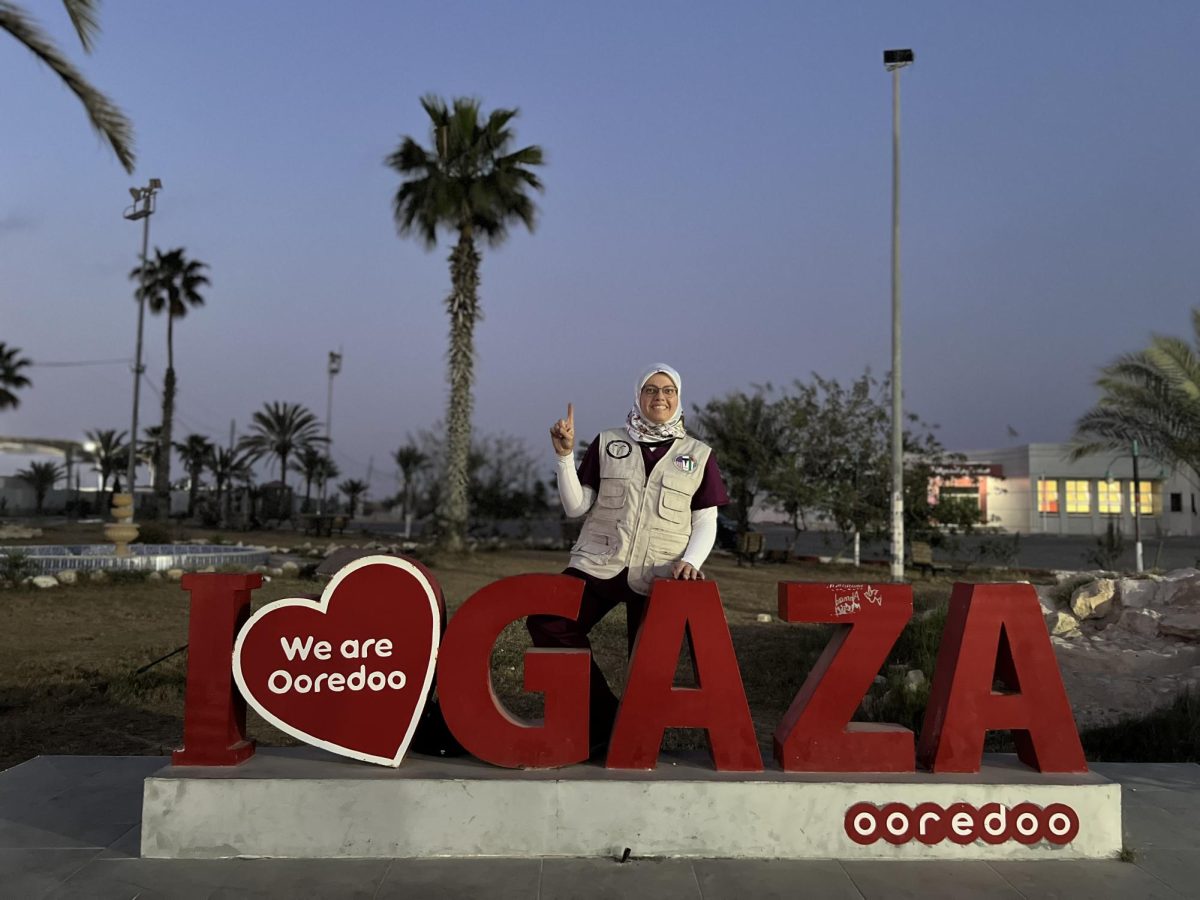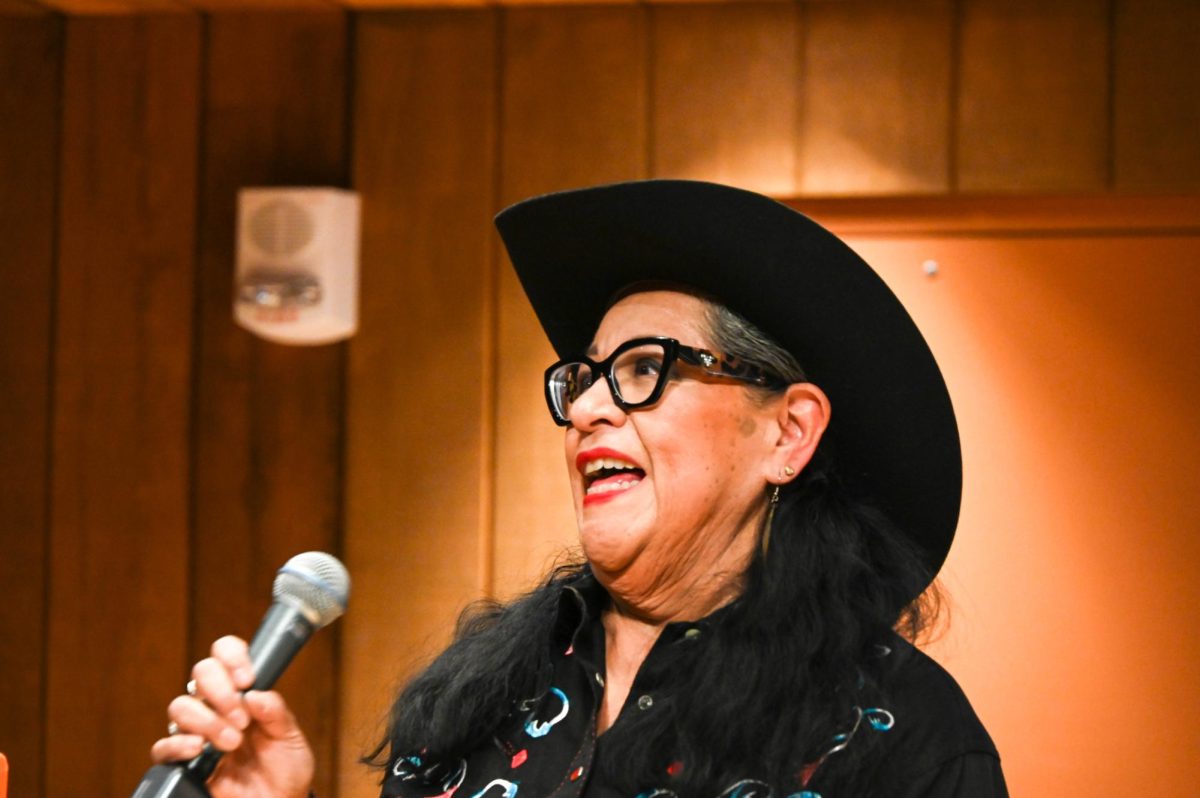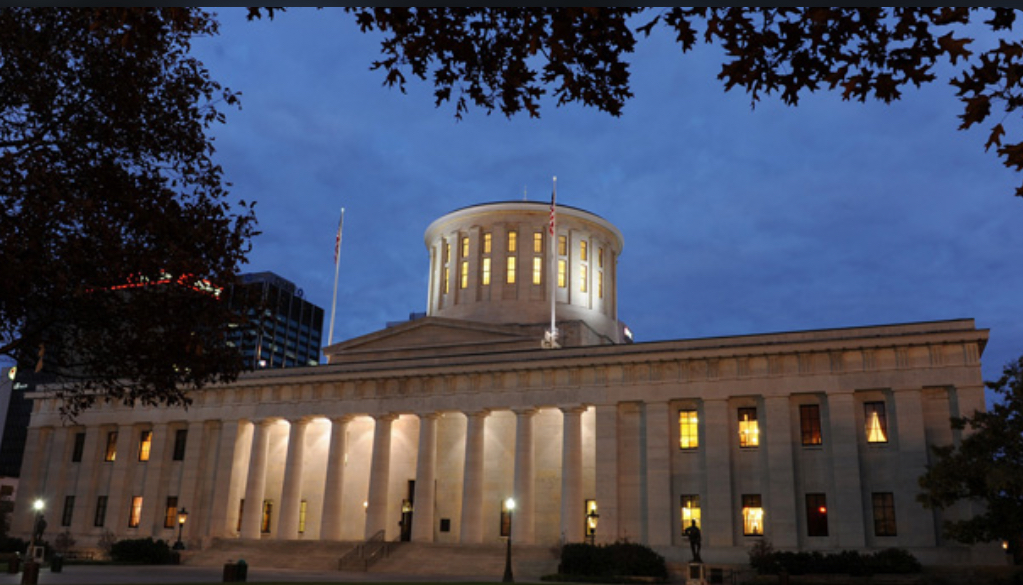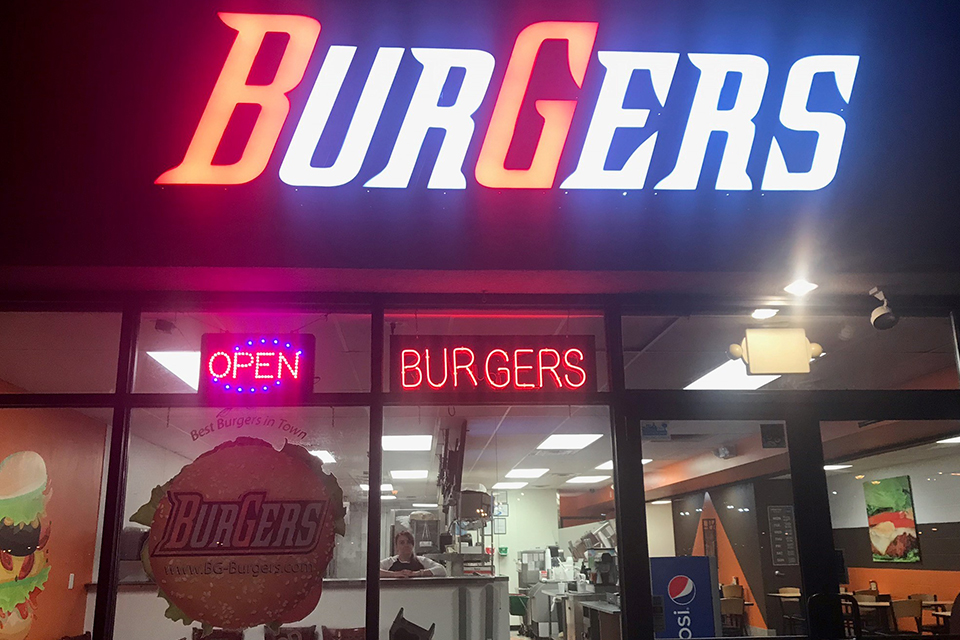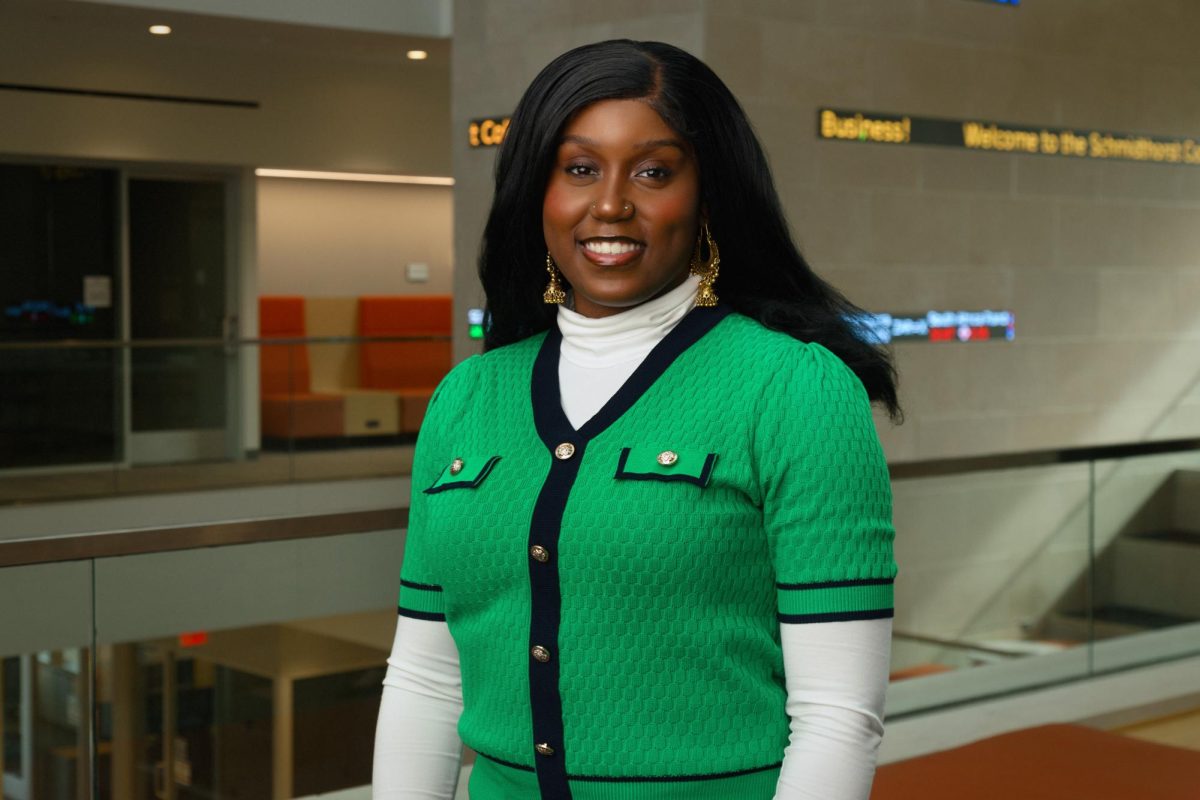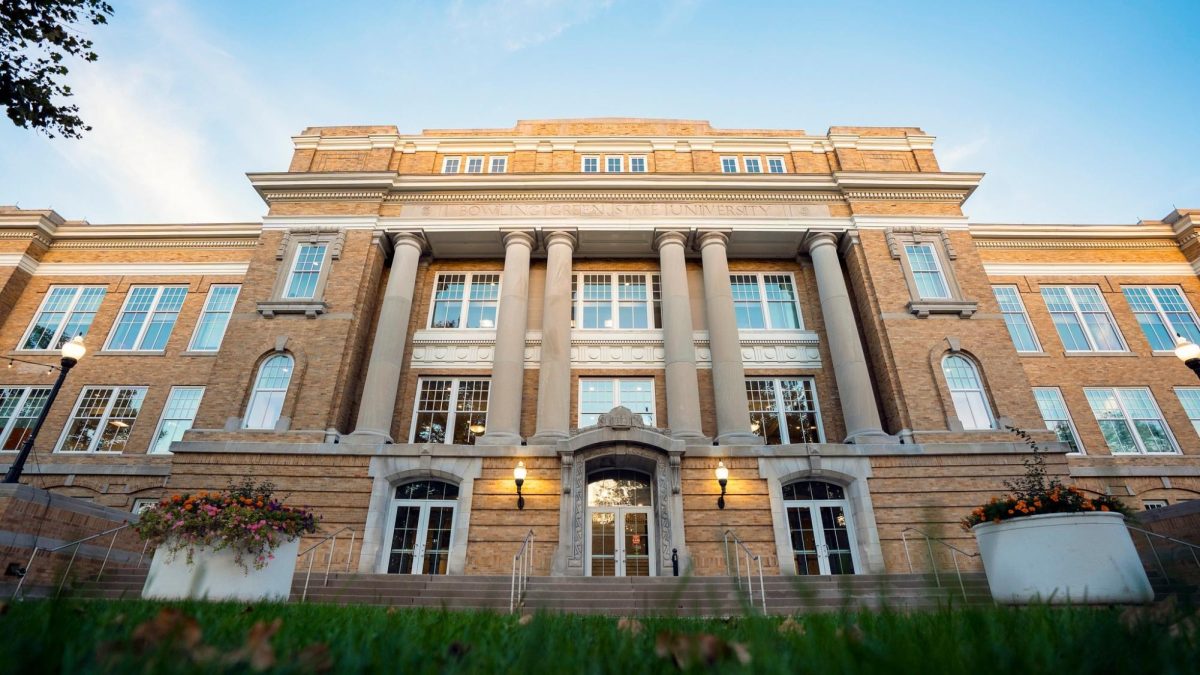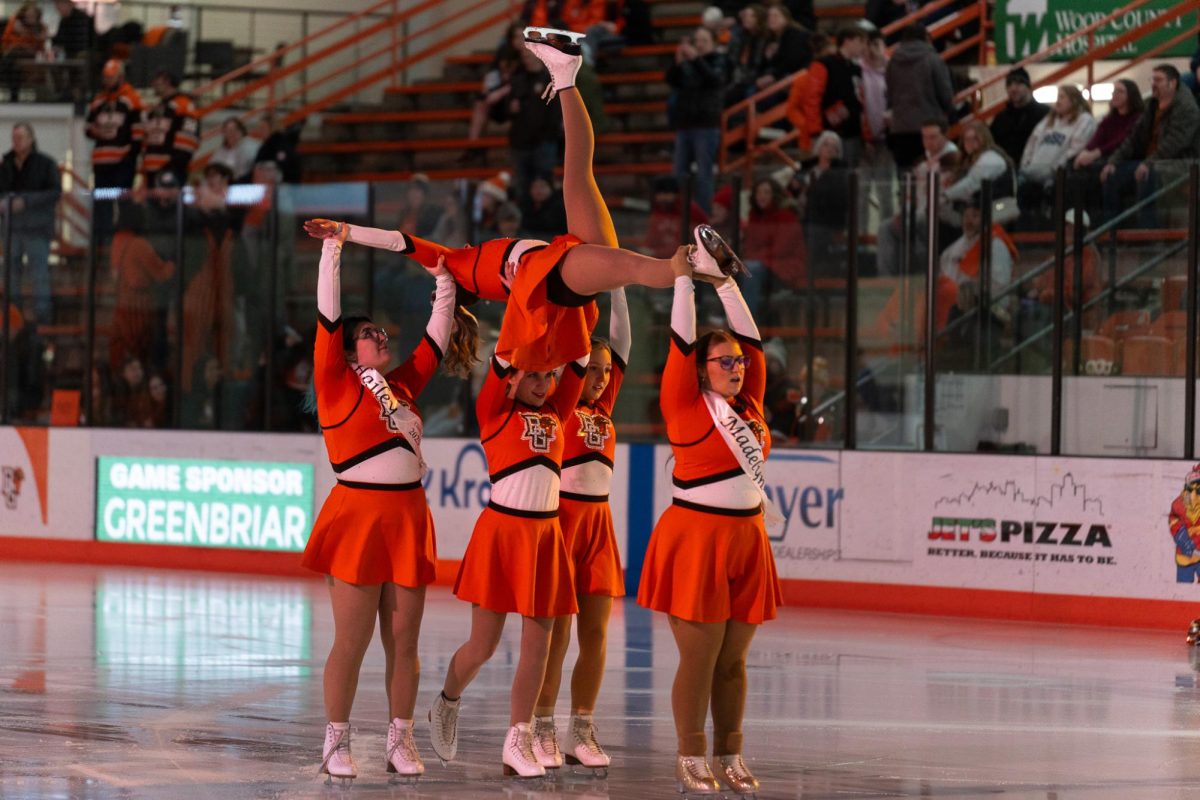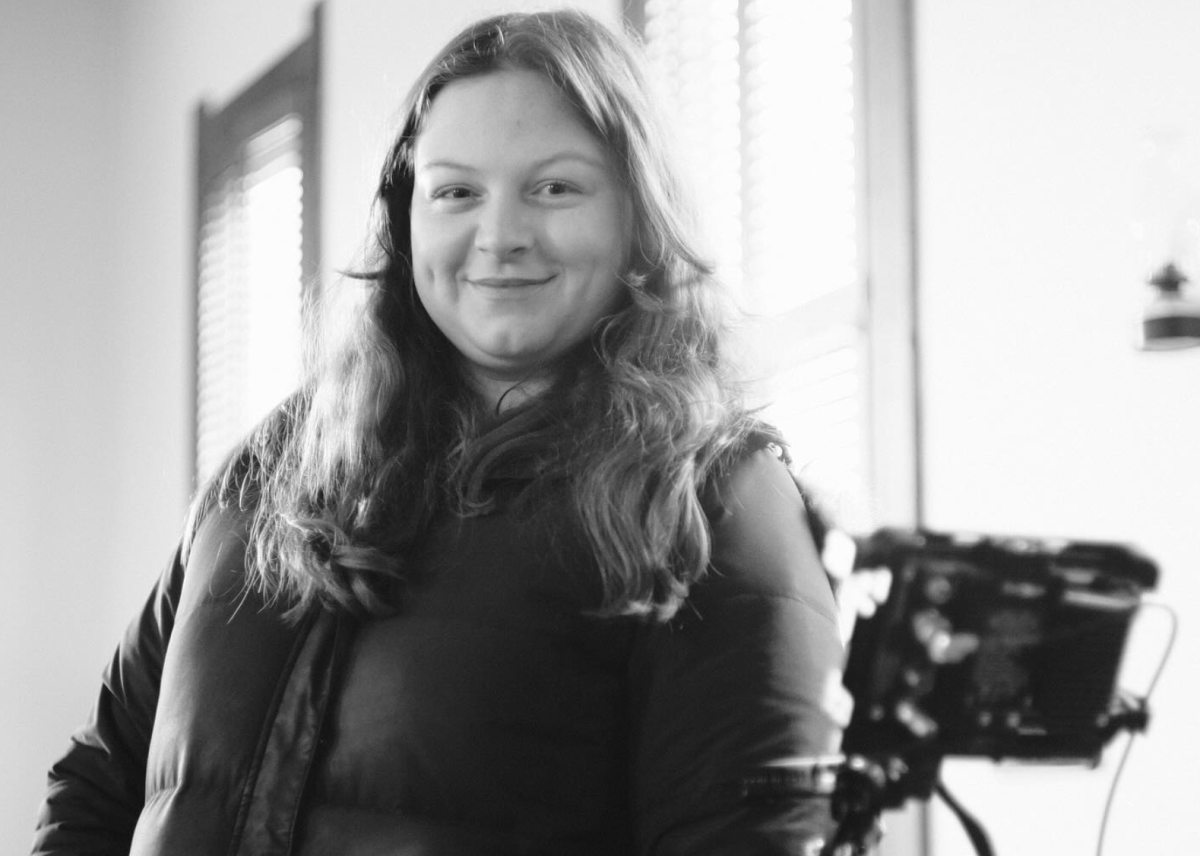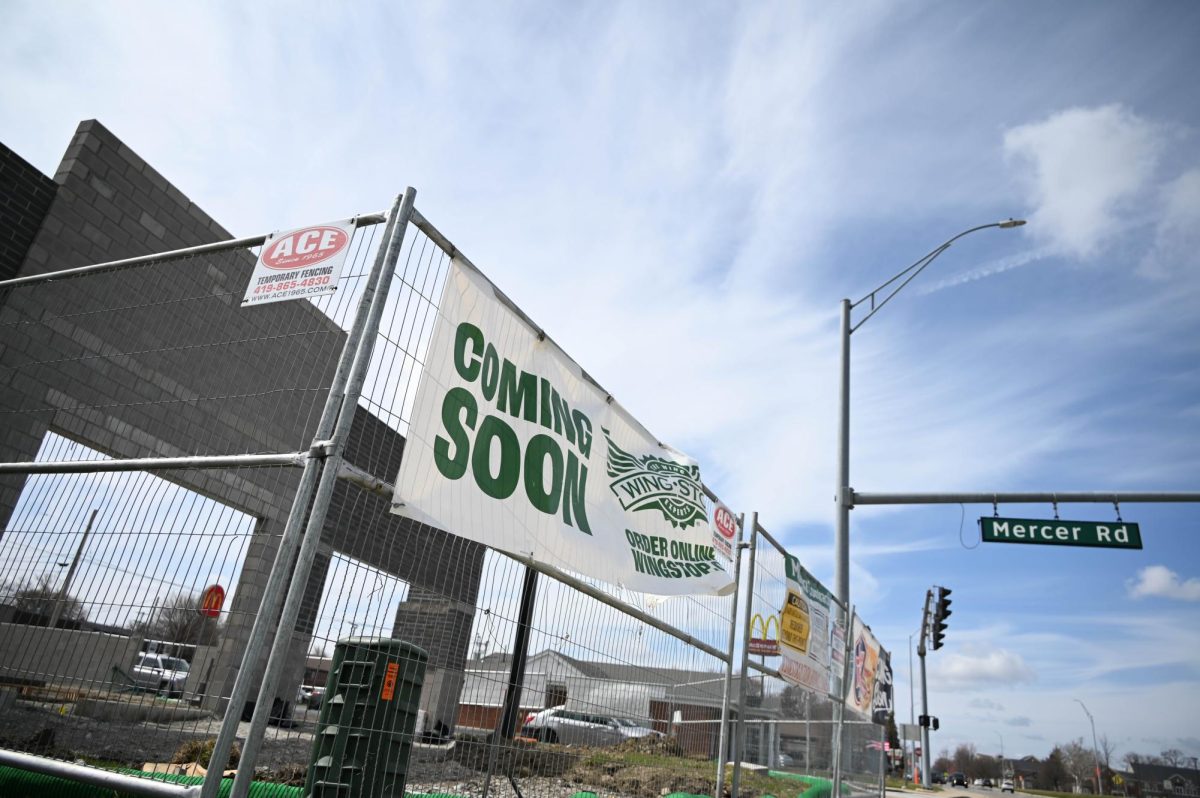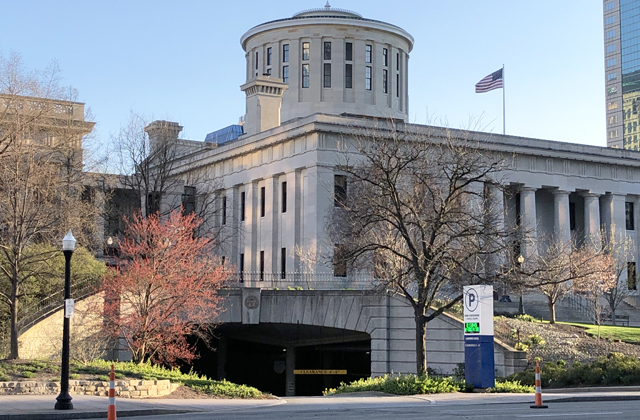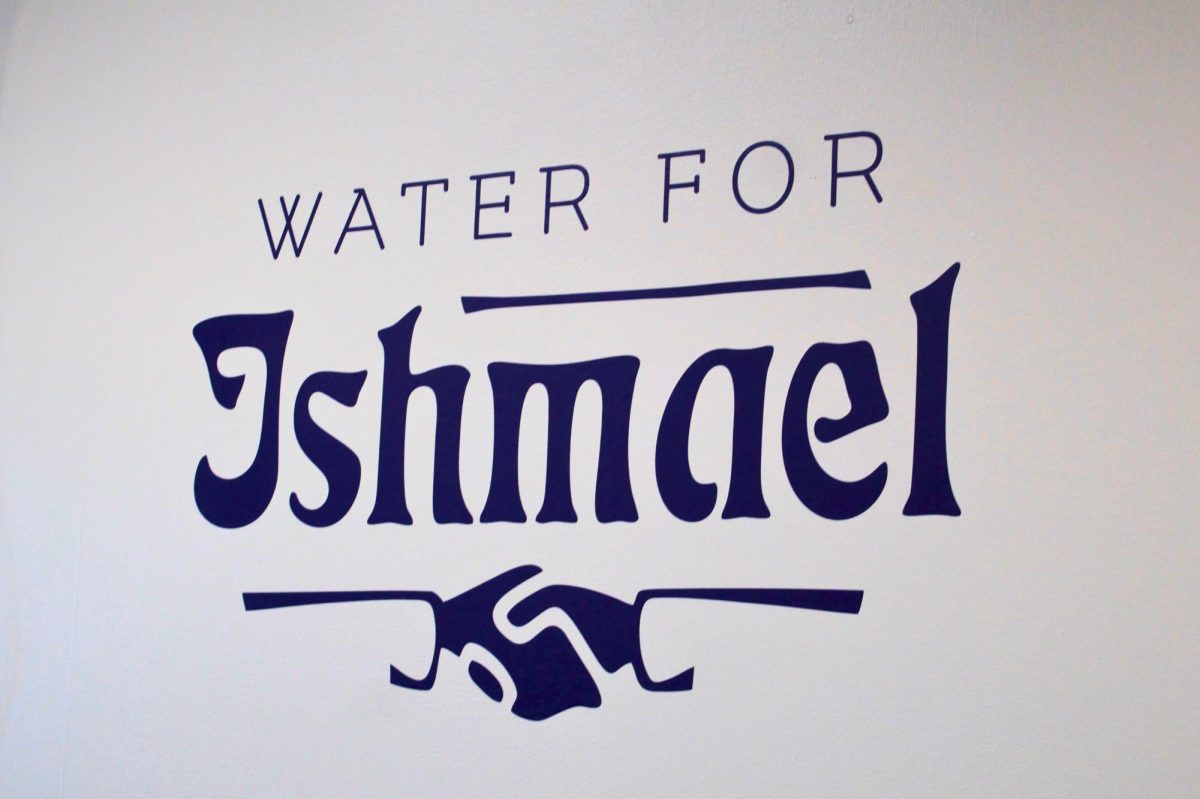“They keep smiling. I will be crying and they’re smiling. So unbelievable.”
That’s how Dr. Jomana Al-Hinti, a Toledo-based neurologist, described her patients at the European Hospital in Rafah.
Rafah is the home of the Rafah Border Crossing, located in the south of the Gaza Strip on the Egypt–Palestine border. Although Egypt manages the crossing, any imports through Rafah require Israeli authorization.
Al-Hinti is one of three Toledo doctors who returned from medical missions in Gaza.
Advocating as the co-founder of the Toledo Chapter of the American Muslims for Palestine, she explained that she wanted to to further her reach in Gaza.
The Palestinian American Medical Association (PAMA), is an organization that has been instrumental in the initiative to send local doctors to Gaza.
“They need anesthesiologists, surgeons, plastic surgeons, all kinds of surgeons because it’s a trauma problem now. They’d (PAMA) say, ‘No, you’re doing a better job here than to go there.’ But this time, in Gaza, they asked for other specialties because they don’t have that many doctors anymore. A lot of them were killed or kidnapped,” Al-Hinti said.
Al-Hinti entered Gaza through the Rafah Border Crossing, located at the Egyptian border in the south of Gaza.
On May 6, Israel launched an invasion of Rafah, assuring a “limited” operation targeting Hamas. Since then, Rafah become a shell of its former self.
“We entered on May 1. I believe we were the last ones to enter our convoy. The last to take that picture with the ‘I Love Gaza’ sign. And then a week later, the crossing was occupied and destroyed. And now it’s under the control of the Israelis. So we were stuck,” Al-Hinti said.
When the Israeli military took control of the Rafah Border Crossing on May 7, one of their tanks rolled over the ‘I Love Gaza’ sign, leaving it crushed in its path. Al-Hinti was also left without an exit from Gaza when her medical mission was originally supposed to end on May 13 due to the Rafah Border Crossing being occupied by the Israeli military.
Al-Hinti provided medical relief to civilians through a neurology clinic she established at the European Hospital.
“There is not just the trauma from the bombing. They live in a horrible situation. The whole environment is bad,” Al-Hinti said.
Al-Hinti said she saw patients with neurological disorders but did not always have the medicine available to help them.
“Many of those injuries I attribute to the war because if they were living their normal lives, they wouldn’t have those problems,” she said.
The Palestinian-American doctor said she saw a patient with cerebral palsy who could walk and crawl before the war, but whose progress had since deteriorated.
“When the war started, their house was bombed and they found him under the rubble still alive. Since that time, he deteriorated so much. There is no medicine for him. Because with cp contraction, spasticity increased tone of the muscles, usually we give them medicine or botox injections, or sometimes they put pumps like baclofen pumps and stuff like that. So he was on a medication for it. And the medicine is missing. He stopped talking. He now is in a wheelchair. He is very, very thin. He has diarrhea,” Al-Hinti said.
Al-Hinti said she decided to stay with her fellow doctors when only Americans were given the chance to evacuate.
“Finally, we were evacuated by the efforts of the King of Jordan. So he got all of us as Americans, the Australians, the Jordanians, the Egyptians, everybody,” she said.
Ottowa Hills based anesthesiologist Dr. Abdalrahman Algendy went to Gaza from Feb. 19 to March 4 in partnership with PAMA.
“I took with me six bags full of equipment and medications,” Algendy said.
After his initial arrival at the Rafah Border Crossing, Algendy’s drive to the European Hospital in Rafah was one of uncertain safety.
“When we were going to the hospital at the start of the mission, you have to organize with the Israeli forces for your car to safely pass from the border to the hospital without getting bombed, without getting struck by a drone. We didn’t have this clearance,” Algendy said.
Throughout his days in Rafah, Algendy explained that he provided pain relief to the people of Gaza.
“I was able to perform nerve blocks to provide pain relief for the patients who were getting either amputation or wound treatments or working with plastic surgery,” Algendy said.
The staff there is overworked, Algendy explained.
“They don’t leave the hospital. And some of them, obviously, cannot come to the hospital because of the security concerns, but whoever is there have been working there nonstop. And going there, I was able to help at least relieve some of the staff from the work and give them some rest in addition to providing care to the patients as an anesthesiologist,” Algendy said.
Algendy said he hopes to return to Gaza, as does trauma surgeon Dr. Amer Afaneh who returned from his medical mission on April 8.
“The people there are very special. Seeing what they’re going through on a daily basis, and seeing how compassionate and kind they were, and welcoming, is something you carry with you all the time,” Afaneh said.
The surgeon was initially waiting to see a ceasefire to halt hostilities.
“I just got to the point where I just knew I had to do something. Being a surgeon, I have a very unique skill set that’s very useful over there. So for me, it was kind of a no-brainer. I had to do it,” Afaneh said.
During his time at the European Hospital, Afaneh had to perform surgeries with what instruments were available. This can result in increased infection rate and decreased efficacy.
“You’re lacking basically in everything you need to do your job. So whatever you can find, you reuse it. In the ER, we were just splashing betadine, which is a cleanser, on instruments and reusing them. Nothing was really sterile. We tried to do the best we could, but you know, you’re in a situation where you just have to make the best with what you have. Otherwise, the person dies,” Afaneh said.
Afaneh remembered an incident when a survivable injury turned fatal because of insufficient resources.
“There were two kids in the pediatric ICU. One of them had 15% total body surface area burns. That’s bad, but it’s not a fatal injury. It’s definitely a survivable injury. But because of the lack of resources, lack of ICU care, because of a lack of blood work, that patient passed away,” Afaneh said.
Advocating within the local community can increase awareness about the significance of medical missions in Gaza, Afaneh explained.
“For people here that want to help out, supporting organizations like PAMA is important. But I’d say equally as important is putting pressure on our elected officials to do what they can to help stop this, and open up humanitarian aid,” Afaneh said.
To support doctors going on medical missions reach out to organizations such as PAMA, Rahma Worldwide, or MedGlobal.


